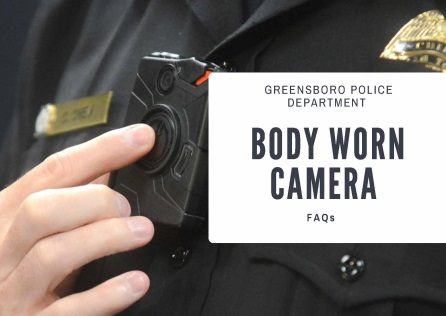BWCs vs. Gun Mounted Cameras
The use of cameras by police departments — whether body-mounted or on automobile dashboards — has become much more common in just the past few years. Now, some cities and towns — including Williams, Arizona — are testing gun-mounted cameras as an innovation.Will they be more effective? What are the concerns and possible pitfalls? Listen as Michael White, professor in the School of Criminology and Criminal Justice at ASU, talks about these questions.

 Agencies seeking to implement BWCs should hold multiple meetings with the community to leverage partners such as the NAACP, ACLU, and victims’ advocates. BWC PIP agencies note the importance of seeking input from the community in the policy development phase and being transparent about each phase of the deployment process. Some agencies have tried various methods (e.g., postcards, online surveys, town hall meetings) to inform, engage, and gather input from their communities.
Agencies seeking to implement BWCs should hold multiple meetings with the community to leverage partners such as the NAACP, ACLU, and victims’ advocates. BWC PIP agencies note the importance of seeking input from the community in the policy development phase and being transparent about each phase of the deployment process. Some agencies have tried various methods (e.g., postcards, online surveys, town hall meetings) to inform, engage, and gather input from their communities.